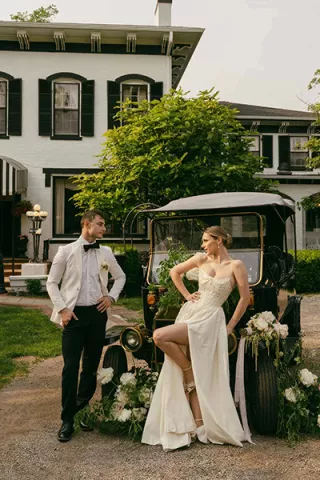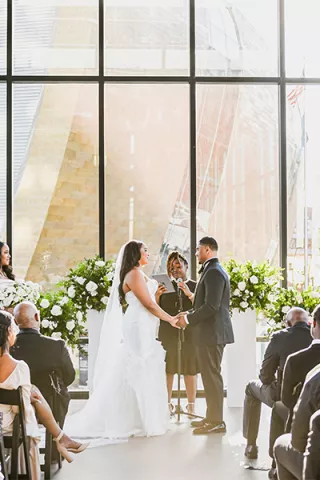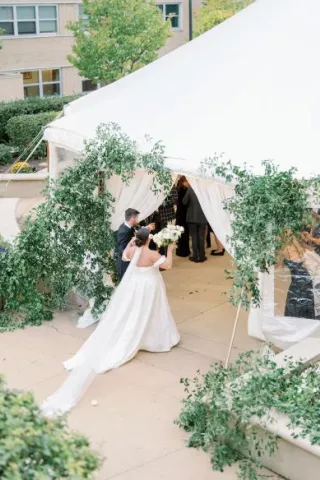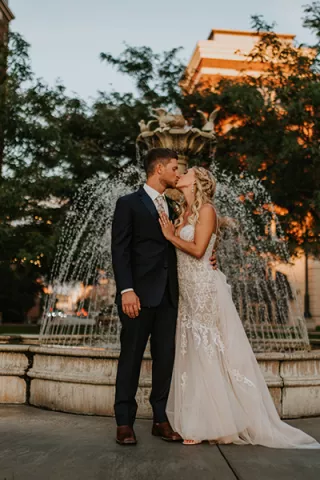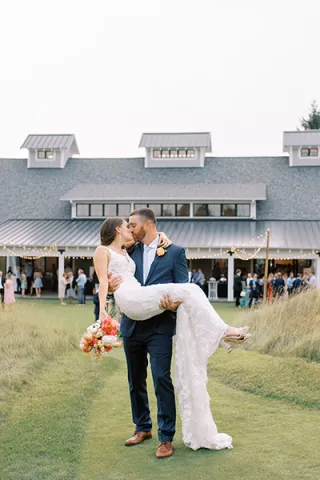One of the biggest challenges couples and their planners face on their wedding day is managing time. With so many moving parts—from getting ready in the morning to the grand send-off at the end of the night—there are countless opportunities for things to get off track. However, with proper planning, you can create a timeline that ensures a smooth flow, reduces stress, and allows you to savor every moment. Here are some expert tips to help you time your big day perfectly.
1. Allow Ample Transition Time Between Events
One of the most frequent mistakes couples make is not allocating enough time for transitions between activities. It’s easy to assume that a 10-minute event will take exactly 10 minutes, but when you factor in the time it takes for people to move from one place to another, greet each other, or freshen up, it’s clear that more time is needed. Building in buffer time for these transitions allows you to accommodate unexpected delays without throwing off the rest of the day’s events. For example, if you need 45 minutes for wedding party photos and 30 minutes for family photos, add a 10-minute buffer in between. This extra time gives you the flexibility to handle anything that comes up, from coordinating with family members to giving the couple a short breather before diving into the next activity.
Pro Tip: Include at least a 10-15 minute buffer between major events or transitions, especially if your wedding is spread across multiple locations. This ensures that any small delays won’t throw off the rest of the schedule.
2. Keep Your Reception Flowing Smoothly
The timing of the reception is crucial when it comes to keeping your guests engaged and entertained. “I recommend prioritizing the timing of the reception from a food perspective,” says Maria Bartolotta, Director of Catering at The Bartolotta Restaurants. “Try to keep cocktail hour to one hour or an hour and a half, to ensure your guests don’t start to get antsy and wonder off. Once the reception begins, speeches and a toast should be done while guests are enjoying their entrées, followed by the couple’s first dance, father-daughter, and mother-son dances."
Pro Tip: Bartolotta suggests giving yourself about three hours for dancing and partying. “Cutting the cake can be done any time after the dances. Additionally, communicating the timeline clearly with all vendors and key participants well in advance ensures that everyone is on the same page. A well-coordinated schedule allows couples to relax and be fully present in each moment, making the day flow seamlessly from start to finish.”
3. Keep Your Morning Light and Flexible
“When it comes to the getting-ready portion of your day, avoid sticking too rigidly to a morning schedule,” advises Abby Johnson of Jennifer Janssen Bridal Artistry. “We prefer a flexible approach to keep things calm and relaxed. We start early in the morning to give us plenty of time to pamper you and your bridal party without any rush." By having everyone onsite and ready, the hair and makeup team can adjust to the natural flow of the morning. “Our goal is to make your getting-ready experience as enjoyable as possible, letting you soak in the excitement while we handle the details.”
Pro Tip: A flexible morning schedule ensures you won’t feel rushed before you even start the day’s festivities. Leave plenty of time for hair, makeup, and getting dressed, and enjoy the relaxed start to your special day.
4. Invest in Professional Planning Help
Not hiring a professional wedding planner or day-of coordinator can lead to serious timing issues. “My best tip is to hire a coordinator to create a timeline for you. A proper timeline will make or break the day and a good one ensures that all the time and money spent planning this special day isn’t done in vain,” says Jaclyn Millonzi from Feisty Flowers. "It allows for the day to be smooth and includes all the things that are priority so that you can thoroughly enjoy the day."
Pro Tip: If hiring a full-service planner isn’t in your budget, consider a day-of coordinator. They can help manage the timeline, coordinate with vendors, and ensure everything runs according to plan, allowing you to focus on celebrating your special day.
5. Kickstart Your Transitions from Speeches to Dancing
"Make the transition from speeches to dances quick. After 30 minutes or so, guests start to wonder what happens next, so it's best to get the dance floor open,” advises Taylor Remiker from Barnwood Events WI. “That’s a cue to guests that the party is starting and they’re free to mingle, drink, sit by the fire, hit the photo booth, or whatever else the couple has planned.”
Pro Tip: Consider scheduling a brief interlude, such as a special performance, to keep guests engaged while you set up for the dancing. This can help maintain the energy and excitement of the evening as you transition to the next part of the celebration.
6. Plan for an Efficient Dinner Service
“To provide your guests with an efficient dinner service, have the salad course preset on the tables prior to guests being called to be seated,” suggests Gwen Eckhardt from Noble Catering & Events. “This adds to the beautiful tablescape and, with this, the plate can be cleared and dinner service can happen seamlessly. In addition, having speeches begin after all entrées have been served ensures your guests receive fresh and hot food, without restricting the length of speeches.”
Pro Tip: Eckhardt suggests building in “buffers” to allow for clearing tables, guests finding and taking their seats, announcements, and other small logistics that can add up.
7. Share the Full Timeline with All Vendors
“Planning a wedding involves juggling many moving parts, and one of the biggest mistakes couples often make is not sharing the full timeline details with each vendor,” says Kacie Vandiver of Graceful Events. "Every vendor plays a crucial role in making your day seamless and special, but they can only do their best work if they know exactly what’s expected and when. For instance, if you’ve decided to skip a first look but haven’t allocated enough time for couples’ photos after the ceremony, your photographer may struggle to capture all the shots you want. This could lead to disappointment later when you realize important moments were missed simply because there wasn’t enough time planned."
Pro Tip: Ask each vendor what works best for their services and how they can fit into your timeline. Open communication ensures that everyone is on the same page, and it gives you peace of mind that your day will flow smoothly.
Main Photo by Megan Pierona Photography


